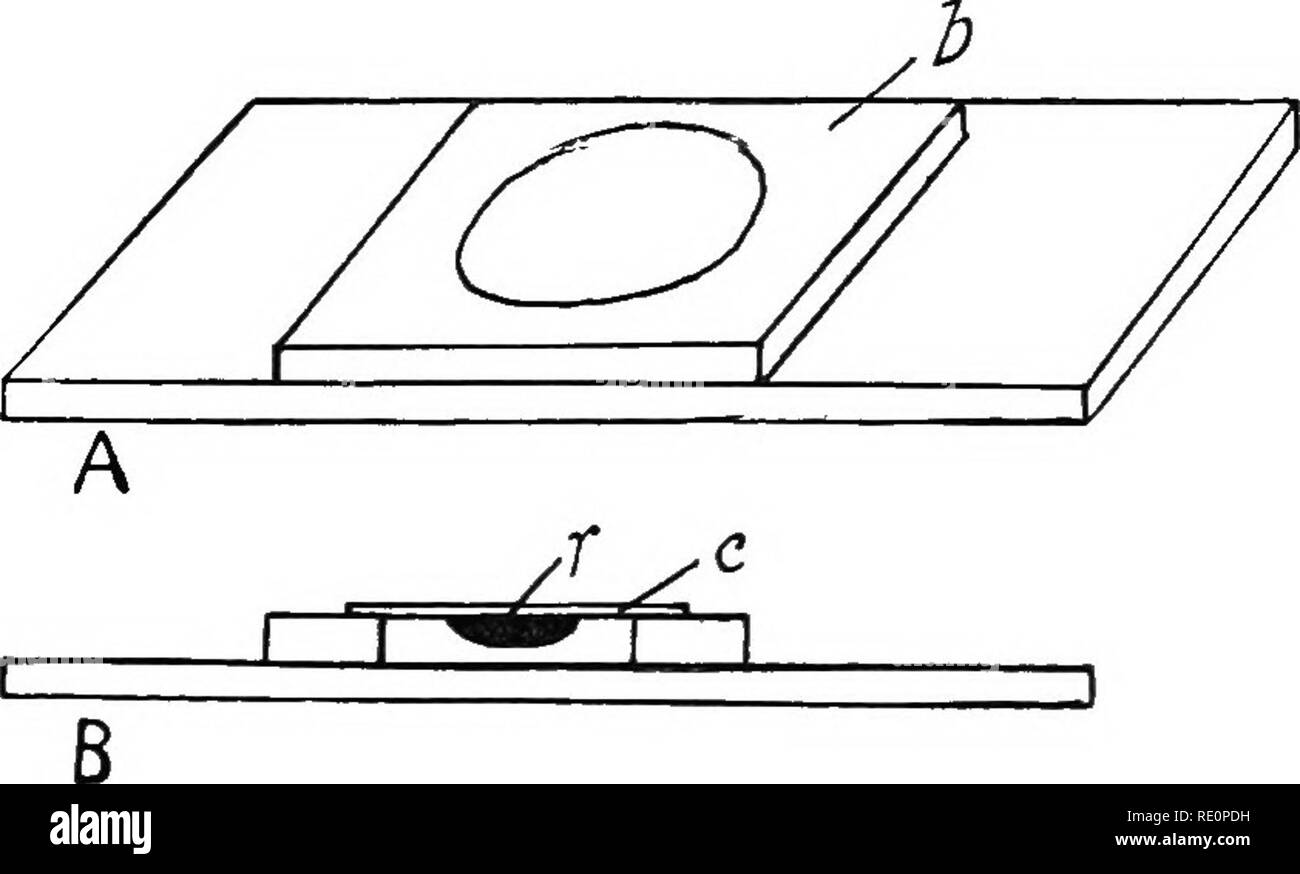. Agricultural botany, theoretical and practical. Botany, Economic; Botany. 690 FUNGI Certain species of Mucor which appear incapable of attacking uninjured ripe fruits, frequently obtain an entrance into the latter by wounds and bruises, and then cause rottenness and decay. As a damp and warm atmosphere favours the development of these destructive fungi, it is important to store fruit in cool dry places. Every effort should also be made to prevent bruising, and in order to minimise the risk of a ' mouldy' specimen spread- ing the infection to its neighbours, fruit of high value should be wrap

Image details
Contributor:
The Book Worm / Alamy Stock PhotoImage ID:
RE0PDHFile size:
7.1 MB (141.3 KB Compressed download)Releases:
Model - no | Property - noDo I need a release?Dimensions:
2035 x 1228 px | 34.5 x 20.8 cm | 13.6 x 8.2 inches | 150dpiMore information:
This image is a public domain image, which means either that copyright has expired in the image or the copyright holder has waived their copyright. Alamy charges you a fee for access to the high resolution copy of the image.
This image could have imperfections as it’s either historical or reportage.
. Agricultural botany, theoretical and practical. Botany, Economic; Botany. 690 FUNGI Certain species of Mucor which appear incapable of attacking uninjured ripe fruits, frequently obtain an entrance into the latter by wounds and bruises, and then cause rottenness and decay. As a damp and warm atmosphere favours the development of these destructive fungi, it is important to store fruit in cool dry places. Every effort should also be made to prevent bruising, and in order to minimise the risk of a ' mouldy' specimen spread- ing the infection to its neighbours, fruit of high value should be wrapped singly in tissue-paper before being packed or stored. Ex. 278.—Soak a slice of bread in water and place it under a bell jar on wet blotting-paper; leave until mouldy. Various species of fungi make their appearance. Look especially for Mucor Mucedo, known by its round sporangia, which look like small pin-heads on the ends of thin white stalks. When obtained, take up with fine pointed forceps a very small portion of the bread with mould on it, and transfer to a drop of water on a slide. Cover with cover-slip, and examine the hyphse in the substance of the bread and the erect hyphae bearing the sporangia.. Fig. 231.—Moist chamber for observing the germination and growth of spores m hangmg-drops. b, cardboard with circular hole punched in it restmg on ordmary glass slide. B, section of A with cover-slip (c) and hangmg-drop (r) in position. The sporangia, with ripe spores in them, burst immediately when placed in water. Examine the oval spores with a high power. To see the spores within the sporangia, take the hyphae bearing them with. Please note that these images are extracted from scanned page images that may have been digitally enhanced for readability - coloration and appearance of these illustrations may not perfectly resemble the original work.. Percival, John, 1863-1949. New York, H. Holt